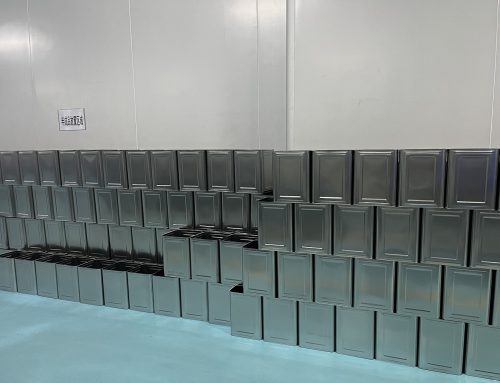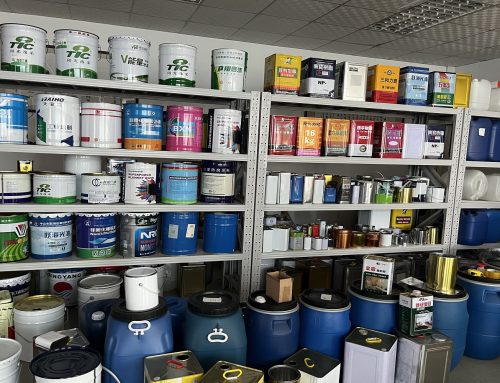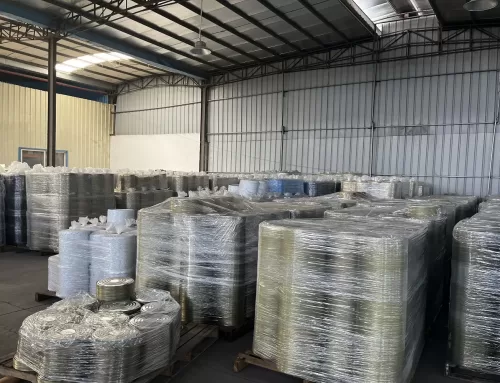 1. The definition of stamping: stamping is to apply pressure or tensile force to sheet, strip by die to make sheet forming, sometimes shear force is applied to sheet to separate the sheet, so as to obtain a certain size,shape and performance.
1. The definition of stamping: stamping is to apply pressure or tensile force to sheet, strip by die to make sheet forming, sometimes shear force is applied to sheet to separate the sheet, so as to obtain a certain size,shape and performance.
2. The advantages of stamping machining are as follows:
1) the production efficiency of stamping machining is high, the operation is convenient, and the mechanization and automation are easy to be realized.
2) since the die ensures the precision of the size and shape of the stamping parts and generally does not destroy the surface quality of the stamping parts, and the life of the die is generally longer, the stamping quality is stable, the interchangeability is good, and it has the characteristics of “identical”.
3) stamping can produce parts with large size range and complicated shape, such as stopwatch of clock, longitudinal beam of automobile, panel and so on. In addition, the strength and rigidity of stamping is higher than that of cold deformation and hardening effect of material during stamping.
4) stamping is a kind of saving material, energy saving processing method, and the cost of stamping parts is lower because there is no chip material generation, less material consumption and no other heating equipment.
3. The precision
material thickness of stamping part is ≤ 1mm, the precision of blanking metal workpiece is between IT11mm-13mm or IT10mm-11mm, the material thickness is more than 1mm-2mm, the precision of blanking metal workpiece is between IT14mm,IT11mm-13mm and IT10mm-11mm. Material thickness > 2mm-3mm, the precision of blanking metal workpiece is between IT12mm-14mm or IT11mm-13mm, material thickness > 3mm-5mm, the precision of blanking metal workpiece is between IT12mm-14mm or IT11mm-13mm.
automatic rectangular tin can making machine automatic rectangular tin can making machine automatic rectangular tin can making machine





